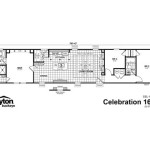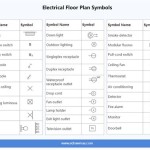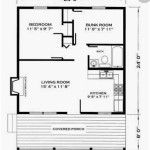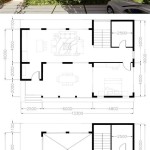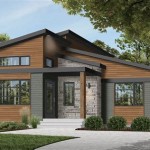How To Get Planning Permission For A House On Green Belt
Building a new house within designated Green Belt land presents a significant planning challenge. Green Belt policy is designed to protect the countryside from urban sprawl, and construction is generally restricted. However, there are limited circumstances where planning permission might be granted. Understanding these exceptions and meticulously preparing an application is crucial for anyone hoping to build on Green Belt land.
The National Planning Policy Framework (NPPF) sets out the overarching planning guidelines in England. It designates Green Belt land with very special circumstances required to justify inappropriate development. Inappropriate development includes most new buildings, meaning any proposal for a new dwelling will need to demonstrate exceptional circumstances that outweigh the harm to the Green Belt.
One possible route to securing permission is to demonstrate that the proposed development falls within one of the very limited exceptions outlined in the NPPF. These exceptions include the redevelopment of existing buildings, provided the new building is not materially larger than the original. Converting existing agricultural buildings into dwellings can also be considered under permitted development rights, although these rights are subject to specific limitations and prior approval from the local planning authority is required.
Another potential exception involves demonstrating that no other suitable sites are available. This requires comprehensive research and evidence to prove that no reasonable alternative locations exist outside the Green Belt that could accommodate the proposed development. This is often a difficult argument to make successfully as local authorities will prioritize protecting the Green Belt.
The NPPF also allows for "very special circumstances" to override the general presumption against development in the Green Belt. These circumstances are not specifically defined and are assessed on a case-by-case basis. Examples of factors that might be considered include the provision of essential community facilities, exceptional design, or meeting a demonstrable local need that cannot be met elsewhere. It's important to note that demonstrating "very special circumstances" is extremely challenging and requires substantial evidence and justification.
Essential to any application is a comprehensive and well-justified planning application supported by professional advice. Engaging a qualified planning consultant, architect, and other relevant professionals is highly recommended. These professionals can provide expert guidance on navigating the complex planning process, preparing a robust application, and presenting a compelling case to the local planning authority.
A thorough site assessment is crucial. This assessment should consider the ecological impact of the proposed development, including the potential impact on wildlife, trees, and other natural features. It should also address issues such as drainage, access, and visual impact on the surrounding landscape.
The design of the proposed dwelling should be of the highest quality and sympathetic to the surrounding environment. A well-designed building that minimizes its impact on the Green Belt is more likely to be viewed favorably by the planning authority. This may involve using sustainable materials, incorporating green technologies, and minimizing the building's footprint.
Community engagement is also an important factor to consider. Consulting with local residents and addressing any concerns they may have can help to build support for the proposal. It's important to address potential objections proactively and demonstrate how the development will benefit the local community.
The application should include a detailed planning statement explaining the rationale for the development and addressing all relevant planning policies. This statement should clearly demonstrate how the proposed development complies with the exceptions or demonstrates the "very special circumstances" required to justify building on Green Belt land.
Applicants should be prepared for a lengthy and complex process. Planning applications for Green Belt developments are often subject to intense scrutiny and can take considerable time to determine. Appealing a refused application is possible, but this adds further complexity and cost to the process. Therefore, a well-prepared and thoroughly justified initial application is paramount.
Understanding the local planning authority’s specific policies and priorities is essential. Each local authority has its own local plan, which sets out its specific planning policies for the area. These policies should be carefully considered when preparing the planning application. Engaging with the local planning authority pre-application can provide valuable insights and help avoid potential pitfalls.
Finally, it is essential to maintain realistic expectations. Securing planning permission for a new dwelling on Green Belt land is a challenging undertaking. The presumption against inappropriate development is strong, and only in exceptional cases will permission be granted. Thorough preparation, professional advice, and a well-justified application are essential for anyone considering such a project.

How To Get Planning Permission For Building On Green Belt Land In The 2024 Edition Urbanist Architecture Small Company London

How To Get Planning Permission For Building On Green Belt Land In The 2024 Edition Urbanist Architecture Small Company London

How To Get Planning Permission For Building On Green Belt Land In The 2024 Edition Urbanist Architecture Small Company London

How To Get Planning Permission For Building On Green Belt Land In The 2024 Edition Urbanist Architecture Small Company London

How To Get Planning Permission For Building On Green Belt Land In The

Green Belt Planning Permission Essential Guide Arbtech

Planning Permission Granted For 16 Houses In The Green Belt

Planning Permission For A Replacement Dwelling In Green Belt Urbanist Architecture Small Company London

Can I Build A Green Belt House Of Architectural Merit Under Paragraph 79 Daily Mail

Planning Permission For A Replacement Dwelling In Green Belt Urbanist Architecture Small Company London


